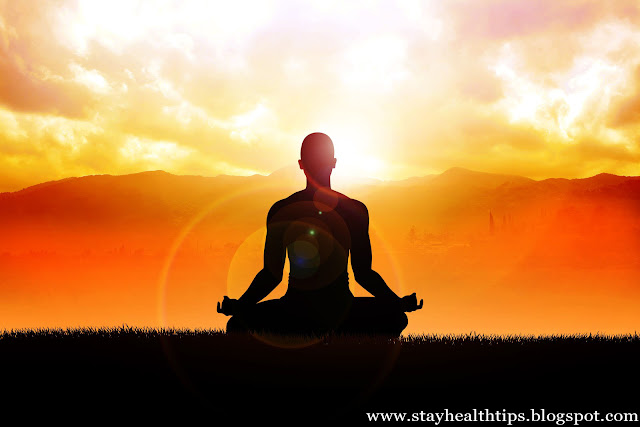
Starting another hobby can be both worrisome and exciting.
On one hand, trying something new brings excitement and fun,
but on the other hand, it can be hard to know where to begin.
YogaNewton: With yoga, somebody
could walk down and up the aisles of a sporting...

















